After several days of driving through rather barren, desert-like terrain on the north coast of Peru, we now travel from sea level directly to Huaraz at around 3000 meters above sea level. Huaraz is the largest town near the Cordillera Blanca – a mighty and most famous mountain range in the Andes. We deliberately choose Huaraz so that we can get used to the altitude a little before venturing out on hikes in the Cordillera Blanca. The region is known for some very beautiful (and strenuous) multi-day hiking tours and also for mountaineering. Mountain guides and climbers come here from all over the world for training courses and, of course, the magnificent mountain scenery.
It’s also funny for us that we discover the Swiss brand Mammut here from time to time. The company has probably noticed for some time that mountain sports are a big topic here and is one of the bigger brand names present.
Laguna 69
The first highlight in the Cordillera Blanca is the well-known Laguna 69, so named because the many lakes in the Huascarán National Park are cataloged and given a number. This lagoon has no real name, but is only ever referred to by its number. We use the plain around the two lagoons of Llanganuco as our base camp and spend a wonderfully quiet first night here.
Right at the start of the hike to Laguna 69, the national park has a simple campsite where we can spend the second night at no extra cost – the entrance fee to the national park was already expensive enough.
There are lots of free-roaming cows, donkeys, horses and llamas here. One cow enjoys our Ben so much that it licks all around our van during the night. Now we have a lick line around the van with an interesting pattern. The sound of lying in the van and wanting to sleep while a cow licks the car is also exciting. Patrik is not so amused by the new design of our van, Mimi just finds it funny – the next time it rains, the art will have disappeared again.
Early in the morning, before the large streams of tourists from tour buses, we take the first few meters of the hike under our feet. It is still cold and shady at seven o’clock as we are surrounded by very high mountains, all well over 5,000m.
The hike is really beautiful, the trail first leads along a mountain stream to a waterfall over about 8 km. Now the strenuous part begins. We climb from 3800m up to around 4600m to the lagoon. The altitude is noticeable, but the good acclimatization definitely pays off now. Nevertheless, we need about 3 hours for the reasonably short route due to the difference in altitude. And finally, we catch sight of a deep blue behind the last hilltop on our way. We have reached lagoon 69! And how beautiful it is. Behind the lagoon, Cacraraju towers at over 6,000m with its eternal snow and ice. The dark gray, rugged rocks contrast with the turquoise blue of lagoon 69 – a wonderful sight. And it feels fantastic to hike in the seemingly endless valleys of the Andes, surrounded by the snow-covered, majestic mountains in complete solitude.
Well, the solitude is soon over, as soon as we set off on our way back, we are crossed by the first guided hiking group. And it won’t be the last, there aren’t hundreds – but about three tour buses that have dropped their guests off on the hiking trail. It’s always worth getting up early for such tourist hotspots – so we were able to enjoy Laguna 69 on our own, before the big crowds on the one Monday we were there.
Laguna Paron
A little further north in the Cordillera Blanca is the Paron lagoon. After the first one, we have to visit at least one more lagoon to be able to put our first impression into perspective. Perhaps all the mountain views up here are similarly impressive?
As the lagoon is again only accessible via a poor, unpaved road with potholes, we give our campervan Ben a well-deserved break and take a collectivo (a kind of shared cab) to get to the lagoon. Like the locals on commuter routes, there are shared buses here that take us tourists to the Paron lagoon for a lower price than a cab. Only the price is not the same, as is so often the case, there is a hefty surcharge, about three times the regular rate, for us tourists.
Well, so be it. We are excited about the Paron lagoon. And indeed: Paron lagoon awaits us with similar shades of turquoise. The surrounding mountain peaks are also covered in snow and eternal ice. This view simply never gets boring! The road leads almost directly to the lagoon, so we are spared the five-hour hike to Lagoon 69 for a similarly impressive mountain lake in the Andes.
We stretch our legs a little; there is a path along the lake and another path up to the Mirador – the viewpoint. We take a look at both before our bus driver’s waiting time finishes and we make our way back to the town of Caraz where our beloved campervan Ben is waiting for us.
Pastoruri Glacier
The third highlight that we treat ourselves to in the Cordillera Blanca is the Pastoruri Glacier. This time, to keep costs down, we camp right next to the national park control house so that we can drive to the Pastoruri Glacier early the next morning. This way we only have to pay the national park entrance fee for one day.
Just a short walk from the parking lot, the glacier tongue flows into a small glacial lake, which eventually feeds one of the many mountain streams in the Cordillera Blanca.
Short means an approximately 2km, almost flat, wide hiking trail. However, at an altitude of 5,000m, the 2km and around 170 meters in altitude are already somewhat strenuous.
It is impressive how the eternal ice up here melts some and again gains some mass every day. As in many places in the world, however, the Pastoruri Glacier is retreating. Where the glacial lake is today, the glacier was still in its full thickness a few hundred years ago. Such is probably the course of life, including the planet: Everything changes, some things faster and some things – like this glacier – very slowly and yet steadily.
Well, we are enjoying the magnificent sight while it still exists. But the rapid retreat is impressive. A few years ago, an ice bridge was still an interesting photo motif, as the glacier still protruded over the glacial lake. Today, however, the glacier has already retreated behind the water surface. Nevertheless, the break-off edge with deep blue discoloration inside the glacier looks artistic. We enjoy a few moments at the glacier above 5.000m, take a few photos of course and continue back down.
On our return to the parking lot, the first bus has arrived and the tourists are now making their way to the glacier. Once again, we are glad we got up early so we had the glacier all to ourselves.
Our journey continues – always heading south. We’ll be back soon with the next highlights of the trip.



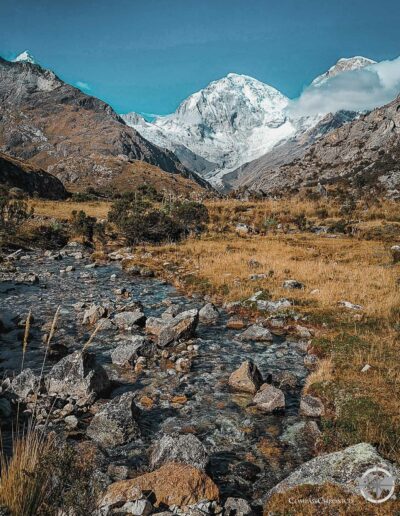

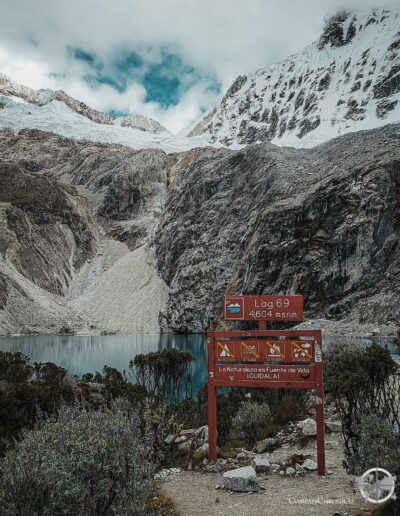


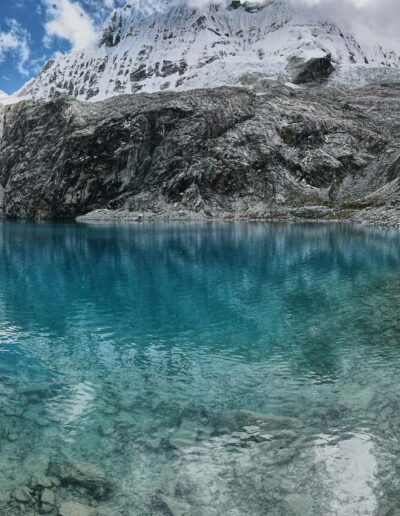



















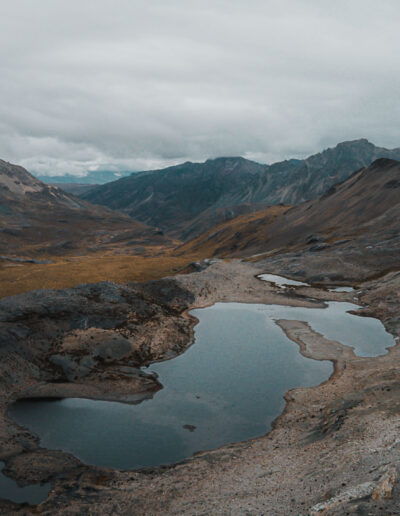









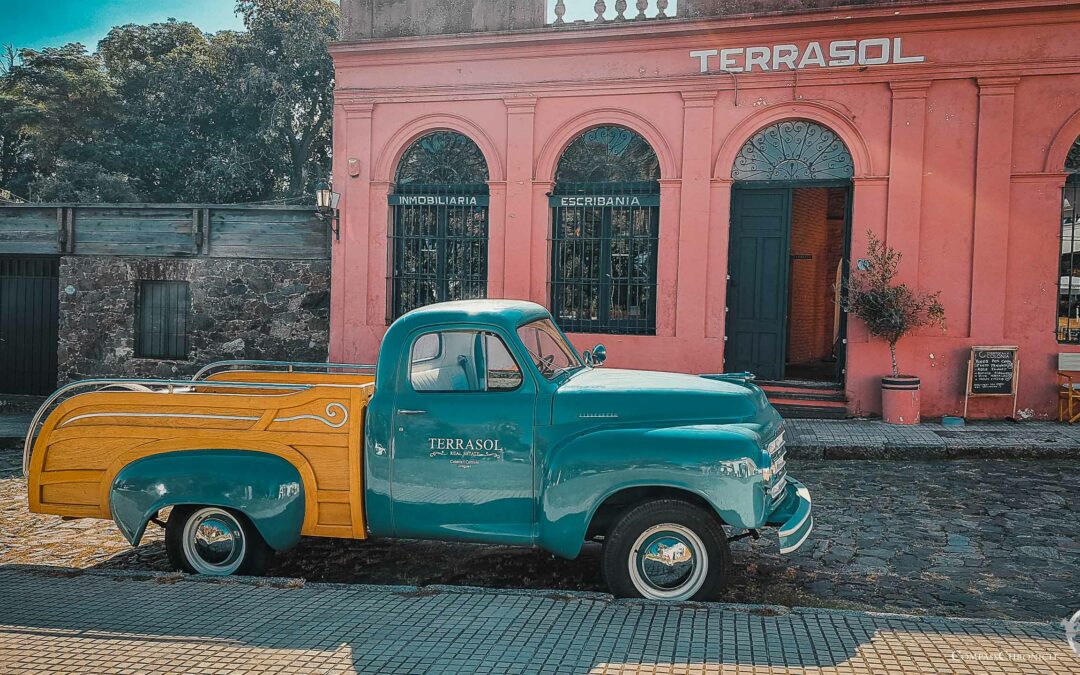


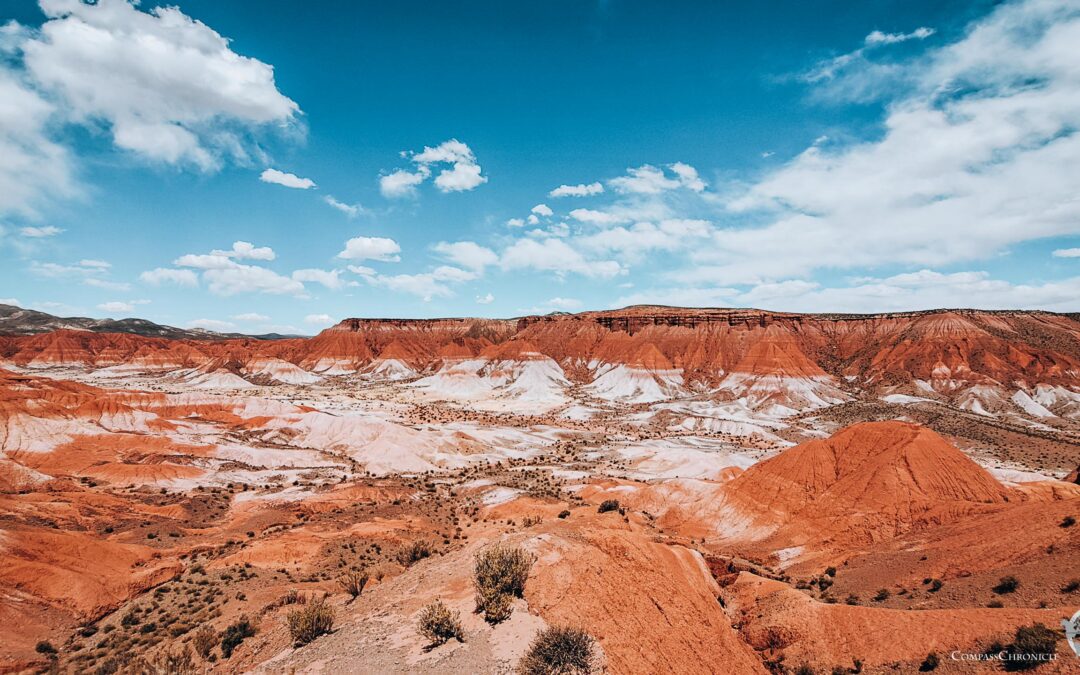


0 Comments